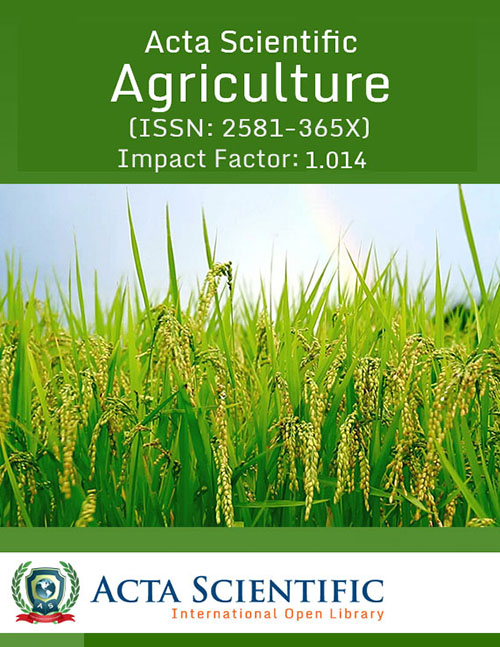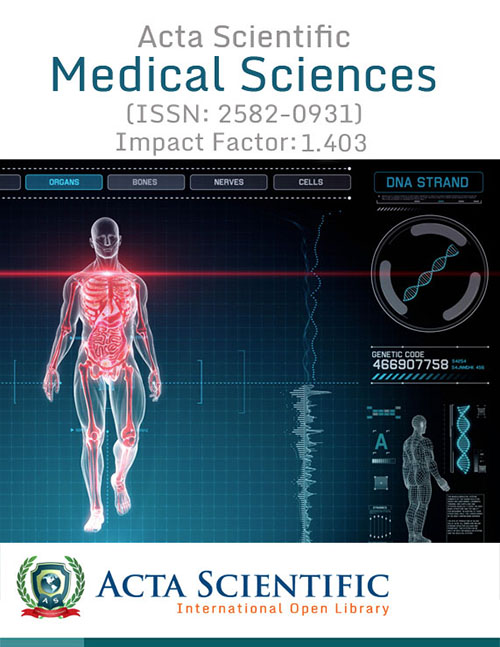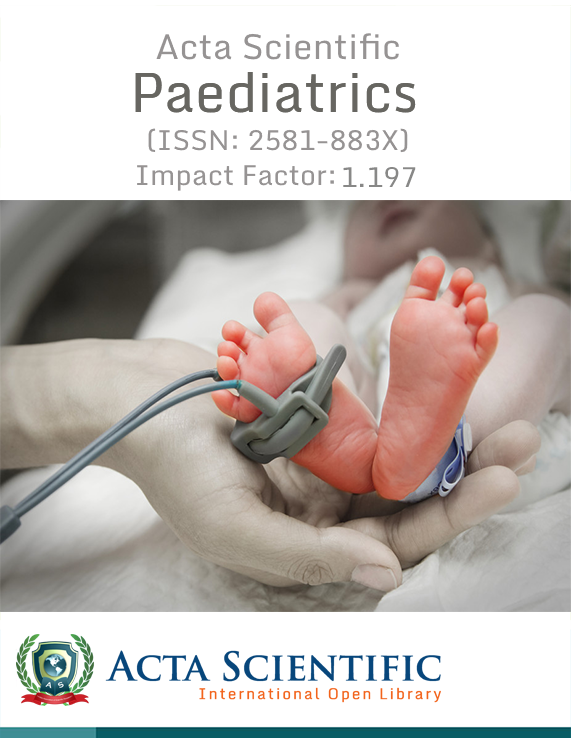Acta Scientific Ophthalmology (ASOP)
Research Article Volume 3 Issue 3
Ragni Kumari1, Kavindra Pratap Singh2, Salai Dhavamathi Janarthananan3, Aanchal Anant Awasthi1, Mrinal Ranjan 4 Srivastava5*, Pragati Garg6 and Rajiv Janardhanan7
1Assistant Professor, Department of Optometry, Era University, Lucknow, India
2Lecturer, Department of Radio Imaging, Era University, Lucknow, India
3Assistant Professor, Manipal Academy of Higher Education, Mangalore, Karnataka, India
4Assistant Professor, Institute of Public Health, Amity University, Noida, India
5Assistant Professor, Department of Community Medicine, Dumka Medical College, Dumka, India
6Professor and Head, Department of Ophthalmology, Era Lucknow Medical College and Hospital, Era University, Lucknow, India
7Professor and Head, Institute of Public Health, Amity University, Noida, India
*Corresponding Author: Mrinal Ranjan Srivastava, Assistant Professor, Department of Community Medicine, Dumka Medical College, Dumka, India.
Received: February 20, 2020; Published: March 30, 2020
Background: Worldwide, cataracts remain the leading cause of blindness, affecting approximately 18 million people. Study shown that cataracts occur in young age and 2 - 5 times more frequently in patients with diabetes, thus the visual loss has a significant impact on the working population. With going through literature, it has been confirmed that cataracts are the most common cause of visual impairment in older-onset diabetic patients and the rate of cataract surgery is correspondingly high. This study aims to analyze the onset cataract in patients with or without diabetes.
Methods: A comparative cross-sectional study was carried out in health camp organized by department of optometry Era University, Lucknow between 2017 and 2018. Within the context of this survey, 1066 eligible patients at least 30 years were randomly selected for interview. Demographic data including age and gender were obtained from all participants. Eligible subject referred to Rural Health Center of Era Lucknow Medical College for ophthalmic examination.
Results: There were 1066 individuals included in the study. 5.1% in the age group 35 - 40 and 100% in 41 - 50 age group diabetics were having cataract but in the same age group, there was not a single healthy person diagnosed with cataract. The risk of cataract increased with increasing diabetes duration ≥ 5 years vs. diabetes < 2 years.
Conclusion: As per the study, the early onset of cataracts in diabetes compared to no diabetes. The risk of cataract associated with diabetes is highest at younger ages. Patients with diabetes are at an increased risk for cataracts.
Keywords: Cataract; Vision; Diabetes; Hypertension; Onset; Sugar
References
- Nikhil Tandon., et al. “The increasing burden of diabetes and variations among the states of India: The Global Burden of Disease Study 1990-2016”. Lancet Global Health 6.12 (2018): e1352-e1362.
- Nikhil Tandon., et al. “Prevalence of diabetes and prediabetes in 15 states of India: results from the ICMR-INDIAB population-based cross-sectional study”. Lancet Diabetes and Endocrinology 5.8 (2017): 585-596.
- Wild S., et al. “Global prevalence of diabetes estimates for the year 2000 and projections for 2030”. Diabetes Care 27.5 (2004): 1047-1053.
- World Health Organization (2006).
- Klein BE., et al. “Incidence of cataract surgery in the Wisconsin Epidemiologic Study of Diabetic Retinopathy”. American Journal of Ophthalmology 119.3 (1995): 295-300.
- Klein BE., et al. “Older-onset diabetes and lens opacities. The Beaver Dam Eye Study”. Ophthalmic Epidemiology 2.1 (1995): 49-55.
- Hamilton AM., et al. “Epidemiology of diabetic retinopathy”. In: Hamilton AM, Ulbig MW and Polkinghorne P Management of Diabetic Retinopathy. London: BMJ Publishing Group (1996): 1-15.
- Kato S., et al. “Influence of rapid glycemic control on lens opacity in patients with diabetes mellitus”. American Journal of Ophthalmology 130.3 (2000): 354-355.
- Janghorbani M and Amini M. “Cataract in type diabetes mellitus in Isfahan, Iran: Incidence and risk factors”. Ophthalmic Epidemiology 11.5 (2004): 347-358.
- Schäfer C., et al. “Cataract types in diabetics and non-diabetics: a densitometric study with the Topcon-Scheimpflug camera”. Klinische Monatsblatter fur Augenheilkunde 223.7 (2006): 589-592.
- Orts Vila P., et al. “Juvenile diabetic cataract. A rare finding that lead us to the diagnosis of this illness”. Archivos de la Sociedad Espanola de Oftalmologia 78.7 (2003): 389-391.
- Bernth-Peterson P and Bach E. “Epidemiologic aspects of cataract surgery. Frequencies of diabetes and glaucoma in a cataract population”. Acta Ophthalmologica 61.3 (1983): 406-416.
- Saxena S., et al. “Five-year incidence of cataract in older persons with diabetes and pre-diabetes”. Ophthalmic Epidemiology 11.4 (2004): 271-277.
Citation
Citation: Mrinal Ranjan Srivastava., et al. “Early Onset of Senile Cataract among Type II Diabetes Mellitus”. Acta Scientific Ophthalmology 3.4 (2020): 29-34.
Copyright
Copyright: © 2020 Mrinal Ranjan Srivastava., et al. This is an open-access article distributed under the terms of the Creative Commons Attribution License, which permits unrestricted use, distribution, and reproduction in any medium, provided the original author and source are credited.
Journal Menu
Metrics
News and Events
- Publication Certificate
Authors will be provided with the Publication Certificate after their successful publication - Last Date for submission
Authors are requested to submit manuscripts on/before January 23, 2025, for the Second issue of 2026.


















